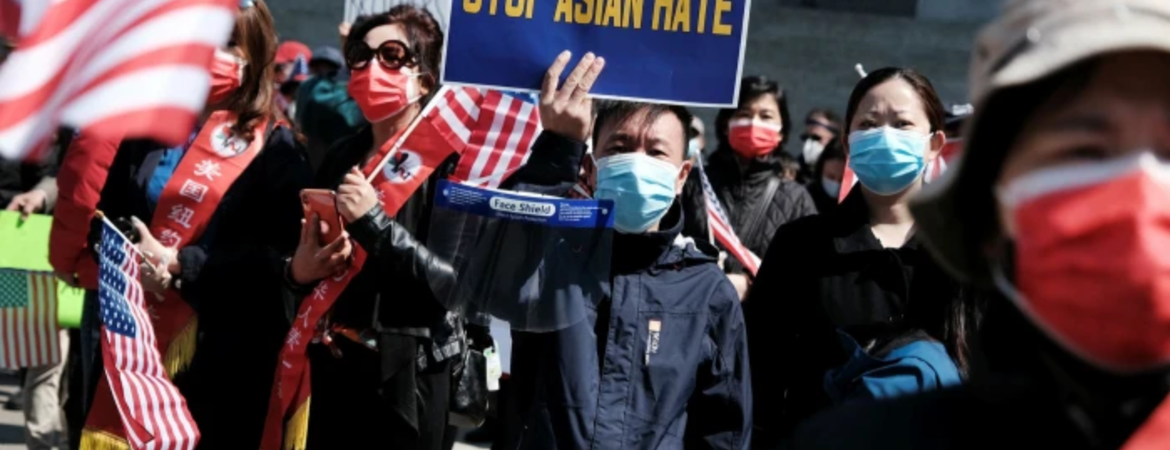Center for Social Innovation

While only a minority of Asian-Americans have embraced a common identity, according to Wong, the rates are higher among younger generations and those born in the US. There are plenty of peculiarities. Even though many Indian-Americans have adopted Asian-American identity, many of those whose origins are in east Asia do not accept them as such.
Those sorts of divisions help to explain why Asian-Americans have struggled to harness political power. Another problem is that many are also concentrated in non-swing states, such as Hawaii, New York and California, diluting their appeal to political parties.
Asian-Americans tend to receive the fewest flyers, door knocks and other forms of political outreach. In New York City, where Asians are 14 per cent of the population, Governor Andrew Cuomo has never attended an official event in Chinatown.
“Because of the way we’re situated in the political landscape, because we are a smaller group — a group that is predominantly immigrant, a group that is not all English dominant — it’s very hard to mobilise Asian-Americans,” Wong said. “And parties, at least until the very recent past, have not devoted a lot of resources to mobilising Asian-Americans.”
That might be changing. Asian-American turnout jumped from 49 per cent in the 2016 presidential election to a record 60 per cent last year, according to AAPI Data. (Indian Americans led the way, at 71 per cent, while Filipino voters trailed at 54 per cent).